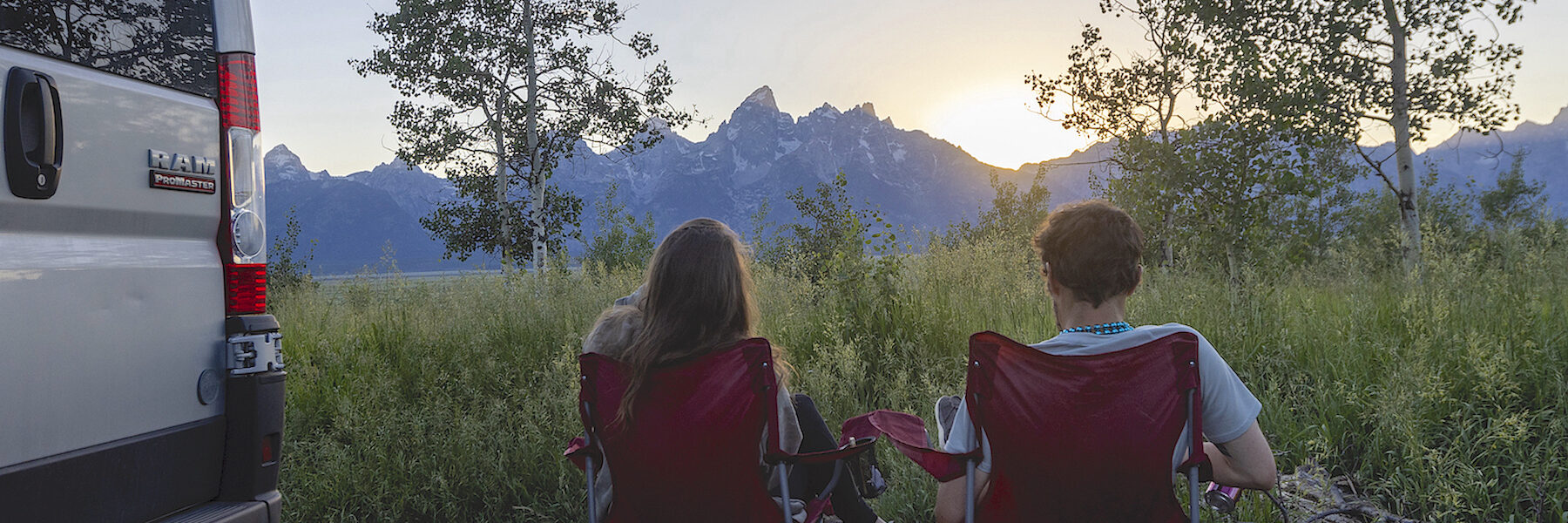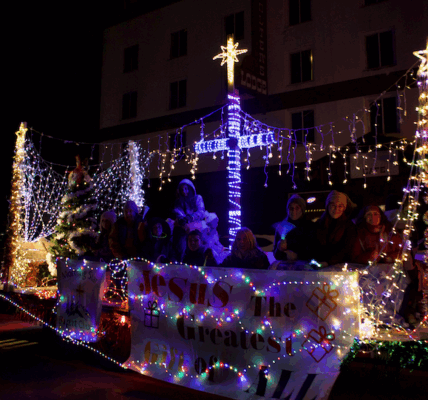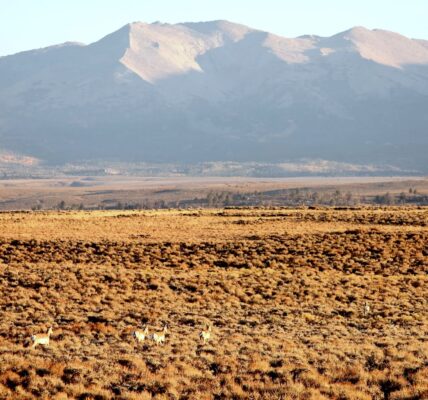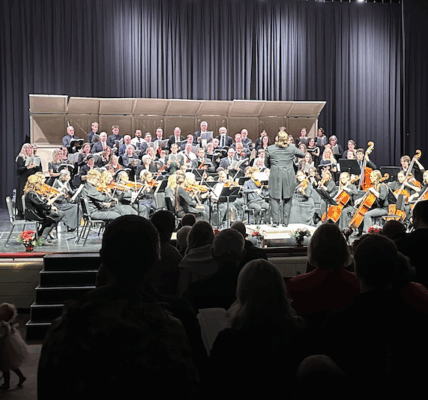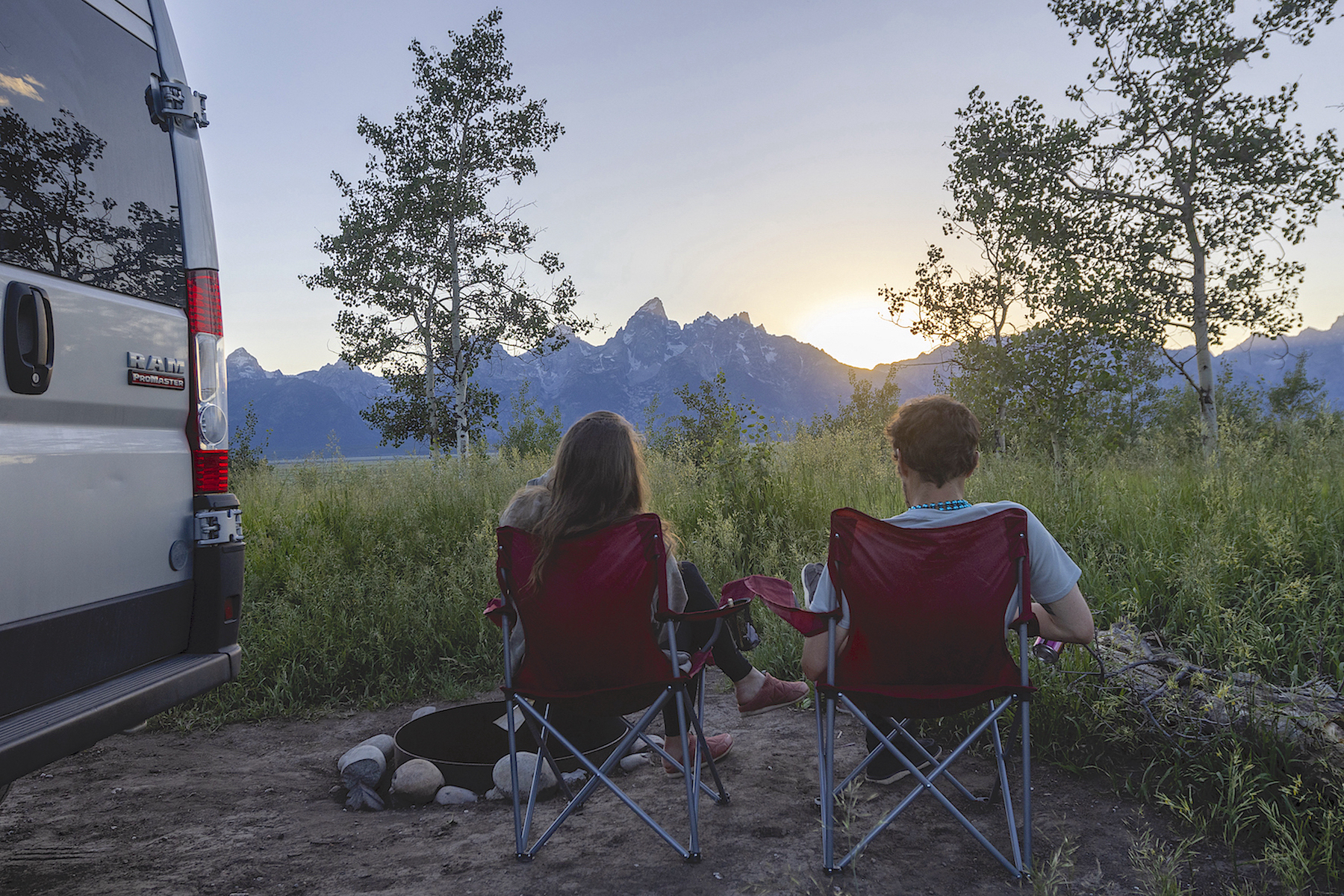
• Camping rates, day-use fees, cabin rental costs climbing to try to keep pace with maintenance and expenses.
By Katie Klingsporn, WyoFile.com
Campground fees, day-use costs and cabin rental rates are climbing across many Wyoming public lands this summer — and further hikes are expected as land managers struggle to keep up with increasing demand and impacts from campers, rafters and other recreationists.
The U. S. Forest Service is implementing fee increases in both the Medicine-Bow Routt and Shoshone National Forests this summer, following multi-year public processes. Increases have also been proposed for the Bridger-Teton National Forest and the Bureau of Land Management’s Lander Field Office.
The changes encompass both brand-new fees and hikes of long-standing rates. They will affect everything from group camping sites to lookout cabins and picnic areas.
Here is a rundown of 2024 fees and those that may follow in coming years.
Medicine Bow-Routt National Forest
Users will encounter new or increased fees at nearly 60 sites in southeastern Wyoming this summer. The changes are part of a Medicine-Bow Routt National Forest package affecting sites in southern Wyoming and northern Colorado. Following a period of public outreach and comment, the agency’s regional forester approved the changes in May.
In Wyoming, users will encounter changes at 57 sites. These include campgrounds — a spot at Lake Owen south of Centennial will cost $20, up from $10, for example, while a double campsite at Campbell Creek Campground near Glenrock is now $40, up from $10.
Some cabin rentals are also increasing. A stay at the Blackhall Mountain Lookout, which was formerly free, now costs $80 per night for a group of four.
In addition, day-use fees will be charged at 14 formerly free locations. These include places like the Libby Flats observation area near the Snowy Range, a high-use area with paved parking, restroom and interpretive trail.
Libby Flats has a backlog of deferred maintenance that appropriated funding cannot cover, according to the Forest Service, and fees collected will help staff do things like replace toilets, add picnic tables and fix the observational structure.
There’s a similar refrain for cost increases across public lands. User demand, maintenance backlogs and costs have all grown, and fee increases are needed to help agencies manage their lands. A report released by the Outdoor Recreation Roundtable in June predicts that if spending patterns continue as they are today, the gap between the deferred maintenance backlog at all agencies and federal recreation spending could grow to $34 billion by 2042.
The fee increases aren’t expected to meet all the forest’s cost needs, Medicine-Bow Routt National Forests Public Affairs Specialist Aaron Voos said. But they’ll help with two major things.
“Number one, close the gap,” Voos said. “Number two, give us at least a chance to start working on that deferred maintenance and getting closer to bringing it up to the standard that both the public and the Forest Service expect.”
During its public comment period, the agency received 197 comments. Of those, 80 were opposed to fee increases, 43 were neutral, 42 in support and 32 in conditional support.
The Medicine-Bow Routt National Forest expects the new fees to generate around $700,000 per year across both states, Voos said.
Though demand is on the rise, the agency isn’t yet contemplating adding major infrastructure to its inventory, he said.
“The whole reason we proposed these fee changes in the first place is we can’t keep up with what we currently have,” he said. “And so, no, there are no plans in place for any sort of new trailheads or campgrounds.”
The forest may also consider rolling out a volunteer-service-based day-use pass over the next few years.
Shoshone National Forest
Across the Shoshone National Forest in western Wyoming, the Forest Service is increasing fees at 26 previously developed sites as well as incorporating fees at a dozen new developed campgrounds.
The changes, which also follow a public process, were driven by a need to sustain the quality of visitor experience in the face of growing costs and crowds. The agency last increased fees in 2006, and in recent years most of its campgrounds’ operating costs exceeded revenue.
“The forest experienced a notable uptick in visits since 2020, with some of our sites experiencing a 123% increase in visits,” Shoshone National Forest Public Affairs Officer Evan Guzik told WyoFile.
Along with contributing to increasing maintenance costs, the agency has seen contracting costs increase and has a deferred maintenance backlog exceeding its capacity, according to the fee proposal.
New fees are in place at campgrounds like Wild Iris near South Pass, which was previously free. Fees are being hiked at locations like Threemile Campground near Cody, where an RV double site costs $40, up from $30; Sinks Canyon near Lander, which is $20, up from $15; and Sunlight Ranger Cabin near the Montana border, which costs $225 to rent, up from $150.
The new fee sites will help sustain use in some areas strained by high visitation by offering more developed camping amenities such as restrooms, fire rings, picnic tables and parking spots, according to the agency.
“Over the last few years our revenue vs. expense is deficient by around $30,000 per year,” Guzik said. “This increase in potential revenue will allow us not only [to] cover the operations and maintenance but will also allow us to invest in these sites, improving infrastructure and the overall experience for our visitors.”
The fee changes could raise up to $180,000 annually, Guzik said. The agency will use the funds to hire employees, secure toilet and garbage contracts, update facilities and keep up with additional needs.
The fee changes went into effect July 1.
Proposals in Bridger-Teton, BLM lands
The 3.4-million-acre Bridger-Teton National Forest in Wyoming’s northwest has also proposed fee increases, though they are still in the public comment and review period.
The agency’s proposed increases are for the Greys River Ranger District and along the Snake River Corridor, where it’s proposing a special recreation permit for river users.
For that busy river corridor, the agency hopes to use revenue to hire staff to help ensure both visitor safety and resource protection, Forest Recreation Program Manager Shannon Connolly told Wyoming’s Recreation Advisory Committee in late June.
“National visitor use monitoring doesn’t drill down to site-specific areas, but we do know from our other monitoring that we have up to 200,000 people coming down the Snake River Canyon in a season,” Connolly said, “and mostly the use is smashed into an 8-mile section of whitewater and predominantly in late June through mid-August.”
The agency is proposing a per-vehicle fee of $5 or a season pass for $40 for users utilizing a 23-mile stretch of the river. That is amended from the original proposal, which would have implemented a per-person fee. However, significant public opposition in 2023 spurred the agency to shift gears and revise before opening another comment period this spring.
The river corridor is very busy, but the fees are not meant to deter users, Snake River Program Manager Louis Shahan said during the June meeting. “The intent of the fees isn’t really to reduce the number of people who are coming to the river to enjoy it, but to help manage some of that.”
Bridger-Teton’s other fee proposals, meanwhile, would affect 13 developed sites. Those include Murphy Creek Campground, which would cost $20 a night, up from $7; Lynx Creek group site, which would cost $100, up from free; as well as the Deer Creek Guard Station, which would cost $80 to rent, up from $40.
The Bridger-Teton National Forest has tallied more than 2 million annual visitations since 2018, according to a presentation delivered in June.
The agency spent about $40,000 in 2018 on things like toilet pumping, supplies, cleaning and vandalism damages, and “those costs almost doubled since 2018,” Connolly said. “The cost of doing business and keeping our facilities up to date is definitely increasing.”
The Bureau of Land Management Lander Field Office also has a proposal on the table.
Its plan would standardize fees for its three field office campgrounds: Atlantic City and Big Atlantic Gulch near South Pass and Cottonwood Campgrounds near Jeffrey City. The camping fees, set in 1992, are currently $6 per night per individual site.
This proposal would hike them to $20 for standard sites and $40 for group sites.
The agency posted its plan on June 5 and collected public comment through July 5. It proposes to implement changes in 2025.
WyoFile is an independent nonprofit news organization focused on Wyoming people, places and policy.

